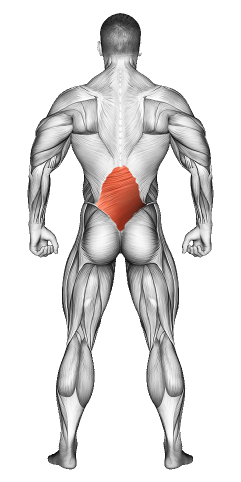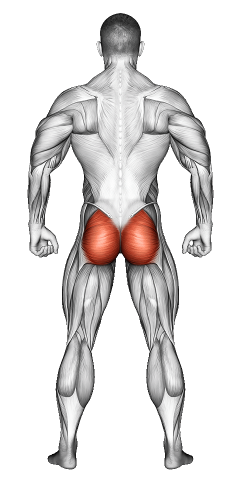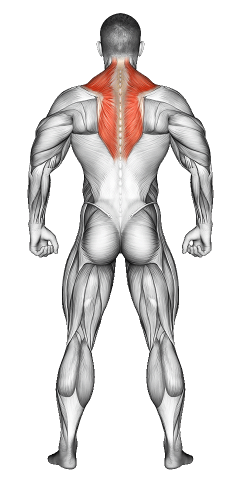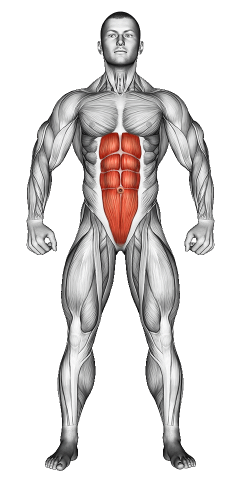Wheel Pose (Urdhva Dhanurasana): Video Tutorial & Yoga Guide

Written By: Claude Michael
Updated: Jan 14, 2025
| Workout | Wheel Pose (Urdhva Dhanurasana) |
| Primary Muscle Group | Lower Back |
| Secondary Muscle Group | Glutes, Shoulders, Abs |
| Equipment Required | None |
| Force Type | Bodyweight |
| Mechanics | Backbend and Strength |
| Exercise Type | Yoga |
| Difficulty | Intermediate to Advanced |
Wheel Pose (Urdhva Dhanurasana): Video Tutorial & Yoga Guide
- 1.Wheel Pose (Urdhva Dhanurasana): Muscle Groups
- -1.1Primary Muscle Group
- -1.2Secondary Muscle Group
- 2.Wheel Pose (Urdhva Dhanurasana): Step-by-Step Guide
- 3.Wheel Pose (Urdhva Dhanurasana): Overview
- 4.Wheel Pose (Urdhva Dhanurasana): Benefits
- 5.Wheel Pose (Urdhva Dhanurasana): Pro Tips & Advanced Techniques
- 6.Wheel Pose (Urdhva Dhanurasana): Progression Plan
- 7.Wheel Pose (Urdhva Dhanurasana): Frequently Asked Questions (FAQs)
Wheel Pose (Urdhva Dhanurasana): Step-by-Step Guide
- Step 1: Lie flat on your back with your knees bent and your feet hip-width apart. Place your feet flat on the ground close to your hips. Rest your arms by your sides.
- Step 2: Bend your elbows and place your palms flat on the ground beside your ears, with your fingers pointing toward your shoulders
- Step 3: Press firmly through your feet and palms. Inhale and lift your hips toward the ceiling. Straighten your arms and legs as you arch your back into the shape of a wheel.
- Step 4: Keep your shoulders open and your chest lifted. Engage your core and thighs to support your backbend. Avoid letting your knees or elbows splay outward.
- Step 5: Hold the pose for a few breaths, breathing deeply. To release, slowly bend your elbows and knees, lowering your body gently to the ground. Hug your knees to your chest for a counter-stretch. You’re doing great—feel the energy in your body!
Wheel Pose (Urdhva Dhanurasana): Overview
Wheel Pose (Urdhva Dhanurasana) is a deep backbend that strengthens your body and opens your chest, shoulders, and hips. It boosts energy, improves flexibility, and challenges your strength and focus. This pose invigorates the mind and body, leaving you feeling empowered and refreshed.
Wheel Pose (Urdhva Dhanurasana): Benefits
This pose strengthens your back, shoulders, arms, and legs while opening your chest, hips, and spine. It improves posture, flexibility, and energy flow. Practicing Wheel Pose also enhances mental focus and promotes a sense of empowerment.
Wheel Pose (Urdhva Dhanurasana): Pro Tips & Advanced Techniques
- Engage Your Core: Activate your abdominal muscles to support your back and stabilize the pose.
- Press Through Your Hands and Feet: Distribute your weight evenly to reduce strain on your wrists and lower back.
- Keep Your Knees Aligned: Avoid letting your knees or feet splay outward; keep them hip-width apart.
- Breathe Deeply: Inhale to lift and exhale to expand your chest and deepen the backbend.
Wheel Pose (Urdhva Dhanurasana): Progression Plan
Beginner
Intermediate
Advanced
Wheel Pose (Urdhva Dhanurasana): Frequently Asked Questions (FAQs)
What muscles does Wheel Pose work?
+It strengthens your back, arms, shoulders, chest, legs, and core.
Can beginners try Wheel Pose?
+Yes, but start with Bridge Pose or practice with support to build strength and flexibility.
How does Wheel Pose improve flexibility?
+It deeply stretches your spine, chest, and shoulders, enhancing overall mobility.
How often should I practice Wheel Pose?
+Practice it 2-3 times a week as part of your backbend or yoga routine.
What mistakes should I avoid?
+Don’t rush into the pose or let your knees and elbows splay out. Focus on engaging your core, pressing evenly, and moving slowly with control.
Share
Don’t Wish for It, Work for It – Join the FlexXP Newsletter Today!
Thank you for signing up for the FlexXP Newsletter!
This site is protected and the Google Privacy Policy and Terms of Service apply.



